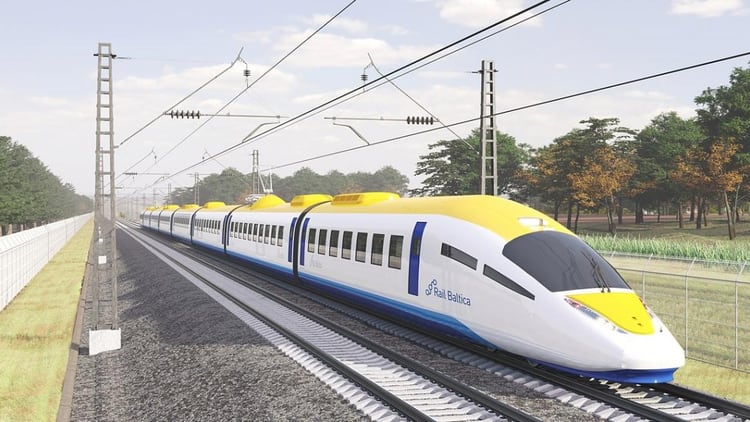The Diplomat
A bid submitted by Budimex, a Polish construction company 50.14% owned by Ferrovial, has been selected in consortium with two other European companies as the most advantageous bid for a 3.7 billion euro contract to build a high-speed railway line in Latvia.
The company informed the Polish stock market that it controls 30% of the consortium, which is expected to win the contract, together with the French Eiffage Genie Civil, which contributes 50%, and the Italian Rizzani de Eccher, with the remaining 20%.
In a report, the board of directors details that the proportion of the contract corresponding to Eiffage amounts to 1,849 million euros, Budimex around 1,109 million euros and the Italian company the remaining 739 million euros.
In any case, the company specifies that this selection by the Latvian administration does not mean that the consortium’s bid will ultimately be awarded, as the bid evaluation procedure has not yet been completed.
This is Latvia’s largest international contract for the construction of the high-speed main line included in the Rail Baltica project, which will link the three Baltic countries – Lithuania, Estonia and Latvia – through 870 kilometres of railway tracks, initially from 2027.
The construction period in Latvia is 96 months and the first works are expected to start this year in the area around Riga. The first phase of construction will cost EUR 230 million.
The priority construction works will be carried out in the direction from Riga airport to the Latvian-Lithuanian border and the intermodal freight terminal in Salaspils.
Two other Spanish companies were finalists for this contract: OHLA in a consortium with several Turkish and Polish companies, and Aldesa Construcciones, in this case together with other Chinese and Latvian companies.
Other Spanish companies are already working on the Rail Baltica project, such as Indra and Renfe, the former through its subsidiary Prointec, which is designing and supervising one of the sections, and the latter as an advisor in the definition of the line’s operation and maintenance requirements.






